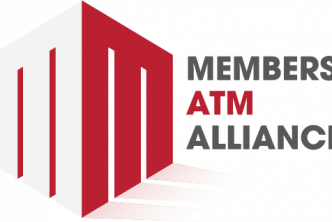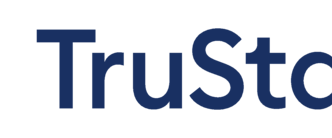By CHERYL LAWSON
JMFA EVP-Compliance Review
Fully disclosed overdraft programs have been widely accepted as a valuable banking service for over a decade. When consumers know what their overdraft limit is, they can rest assured that their financial institution will honor a transaction during their short-term need. For many consumers, the need for short term access to funds occurs just before payday. According to the Consumer Financial Protection Bureau (CFPB), most consumers will cure their overdraft balances within three days.
As we end 2020, the regulatory demands on overdraft programs have not significantly changed. Existing regulatory guidance and rules on overdraft programs have been in place for years without an adjustment. Financial institutions consistently provide a disclosed overdraft service to consumers who use the program without complaint. Additionally, heavy overdraft users often receive counseling about alternatives to the fee-based overdraft program—which may or may not change their behavior.
Listen to podcast to learn about demand letters and minimizing risks
Yet, the threat of compliance risk has increased exponentially because of aggressive litigation targeting these programs. Some law firms have focused on sending demand letters to financial institutions threatening class-action lawsuits. The demand letters tend to name an account holder of the financial institution who would represent a proposed class of consumers who have allegedly been improperly assessed overdraft fees when their accounts held enough funds to cover the transactions. The letter may also claim that the financial institution’s account agreement is vague. The letters also generally cite several federal district court cases that were decided in plaintiffs’ favor.
Even with a fully disclosed overdraft program, the law firm often reviews the financial institution’s website to construct its demand letter. Rather than filing a suit, the demand letter represents a small cost to the law firm and a potential payout by the bank or credit union to avoid a high legal cost and reputational risk.
What if your credit union receives a demand letter?
Leveraging compliance expertise and support can help to address the risk of such legal scrutiny. As a trusted overdraft services provider for decades, we have worked with more than 2,000 community banks and credit unions across the nation. Our experienced program implementation and compliance experts provide proven advice and compliance guidance to help financial institutions mitigate the risks of class-action lawsuits. Here are three important items to consider if you are faced with a demand letter:
- Lawyers often only see what is online. Incorporating website disclosures to make their claim can be difficult, since a well-disclosed overdraft program incorporates additional documentation that would not be online. Review your own disclosures. Make sure you have incorporated all the language required by current agency rules and regulatory guidance. If changes are needed, complete them as soon as possible.
- Member communication during periods of overdraft (e.g., collection letters, phone scripts) may enable your credit union to accurately claim that the member is aware of the cost of overdraft items. Ensure communication about your program is clear. If the member understands the fee(s) and you can prove so, the demand may have no standing.
- The named member can probably stop further action. After researching the possibility of fees assessed in error, contact the member to resolve the complaint. If it works, the demand letter probably becomes moot.
While some lawyers are actively working to make money, credit unions should work just as hard to avoid paying them based on unproven demands.






